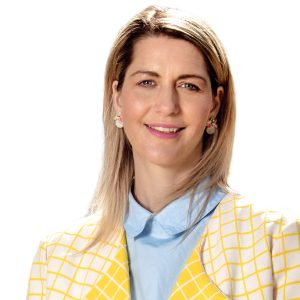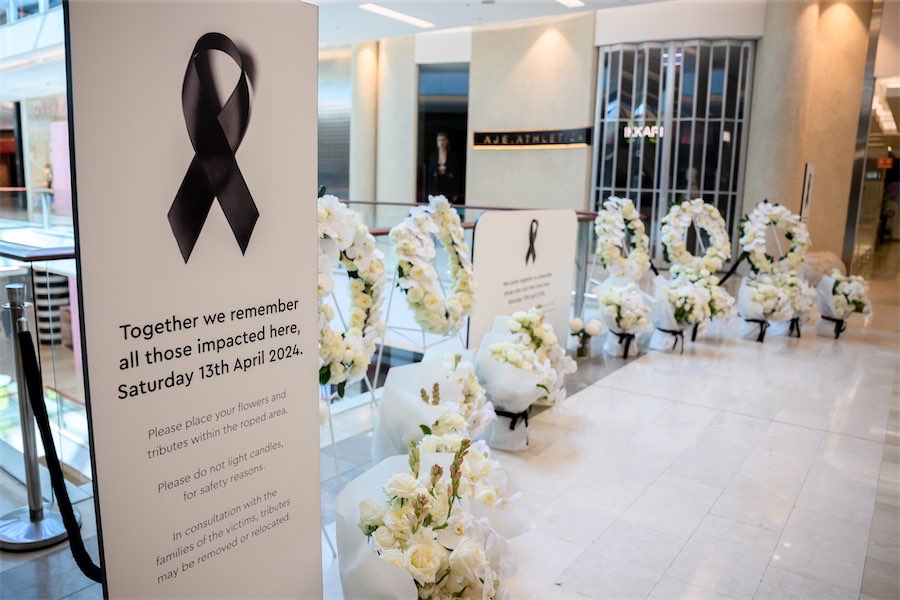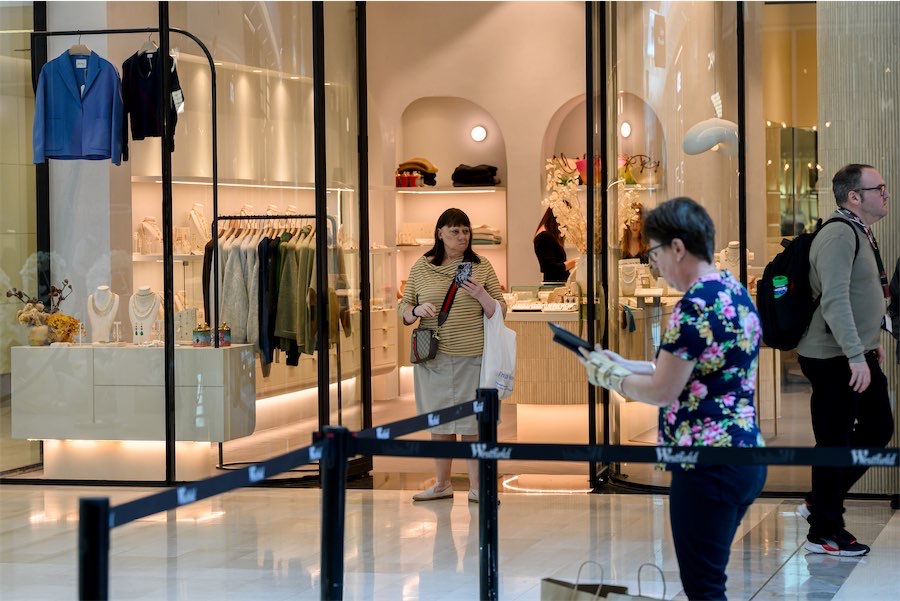
“I never liked hand sewing, but I was stuck in bed for three weeks and really wanted to sew so I created my own ‘recovery’ dress and I really loved the process.” That’s how Amy Watts became a convert to slow sewing. BELINDA STRAHORN reports…
A FORCED lay up reignited Amy Watts’ passion for sewing by hand.
Confined to bed after snapping her achilles during a karate lesson, the Canberra mother took up hand sewing to pass the time.
Despite her lack of previous interest in the craft, Watts – who holds a black belt in karate – managed to hand stitch a dress for herself, and found unexpected joy in the process.
“I never liked hand sewing, but I was stuck in bed for three weeks and really wanted to sew so I created my own ‘recovery’ dress and I really loved the process,” Watts says.
“Seeing the stitches that I made with my own hands was really satisfying.”
The 42-year-old, who also machine sews and runs online shop Indy Bindy Fabrics, which sells handmade Japanese fabrics, says the experience had further promoted her interest in “slow sewing” – a movement that encourages sewers to savour the process of creating a garment from start to finish.
“It’s about taking the time to enjoy the creative aspect of garment making, getting the fit right, choosing the right fabric and taking your time to finish it properly,” says Watts.
“Once it’s made, it’s then about looking after the garment, and taking care of it when you are washing or mending it.”
During the covid pandemic interest in sewing intensified, Watts says, with many people falling back on the craft to keep themselves occupied.
“We saw either sewers coming back to the pastime after having a break for some reason, or there were lots of new sewers that started making fabric masks and were looking for a socially distanced way to spend their time,” says Watts.
As the stay-at-home weeks wore on, novice and expert sewers found themselves with more time to work on their sewing projects.
“A lot of people have taken the silver lining of the last couple of years as a forced opportunity to pause and rethink the hustle of everyday life,” Watts says.
“Sewing is a chance to stop and be with your thoughts. In a busy and chaotic world, sometimes it’s just nice to slow down, relax, take a few deep breaths, and enjoy the process of creating something.”
Since covid, Watts has witnessed a growing resurgence of people taking pride in making their own clothes.
She says time spent creating a home-sewn garment can bring great joy.
“When you put on a “Me Made” garment you want to wear it over and over again, and it becomes the thing that you reach for every time you open the wardrobe,” Watts says.
Australians are the world’s second largest consumers of textiles, buying on average 27 kilograms of new clothing and other textiles each year, wearing each garment an average of just seven times.
But sewing your own clothes can go a long way in limiting fashion waste, says Watts – whose wardrobe is mostly homemade.
“If you can find what you love in your clothes and appreciate all that time and effort that goes into making it, you are likely to hang on to them and take care of them, rather than passing them on and going on to the next thing,” says Watts.
Home-sewn clothes can help to take control of your wardrobe, Watts says, and not be dictated to by the mass-produced fashion industry.
“The thing that’s great about sewing is that you’re not hindered by the trends in the shops, you can explore your own style and find your own groove,” she says.
Raised in Canberra, sewing has always been a long held passion for Watts, who grew up watching her mother sew.
“When I was two-years-old mum would make matching, frilly-bottomed outfits for me and my best friends,” Watts says.
“I watched her over the years and eventually started on my own sewing journey.”
Watts has lived abroad and worked in the humanitarian aid and development sector in Sri Lanka, Liberia, Malaysia and the Solomon Islands.
Watts, who falls back on sewing as a source of relief from daily pressures, wants to encourage others to have a go.
“Start with making a hair scrunchie or a reusable shopping bag, you can’t make a mistake because it’s all about the journey,” Watts says.
“Having something to show that you have made with your own hands is 100 per cent good for the soul.”
Who can be trusted?
In a world of spin and confusion, there’s never been a more important time to support independent journalism in Canberra.
If you trust our work online and want to enforce the power of independent voices, I invite you to make a small contribution.
Every dollar of support is invested back into our journalism to help keep citynews.com.au strong and free.
Thank you,
Ian Meikle, editor





Leave a Reply